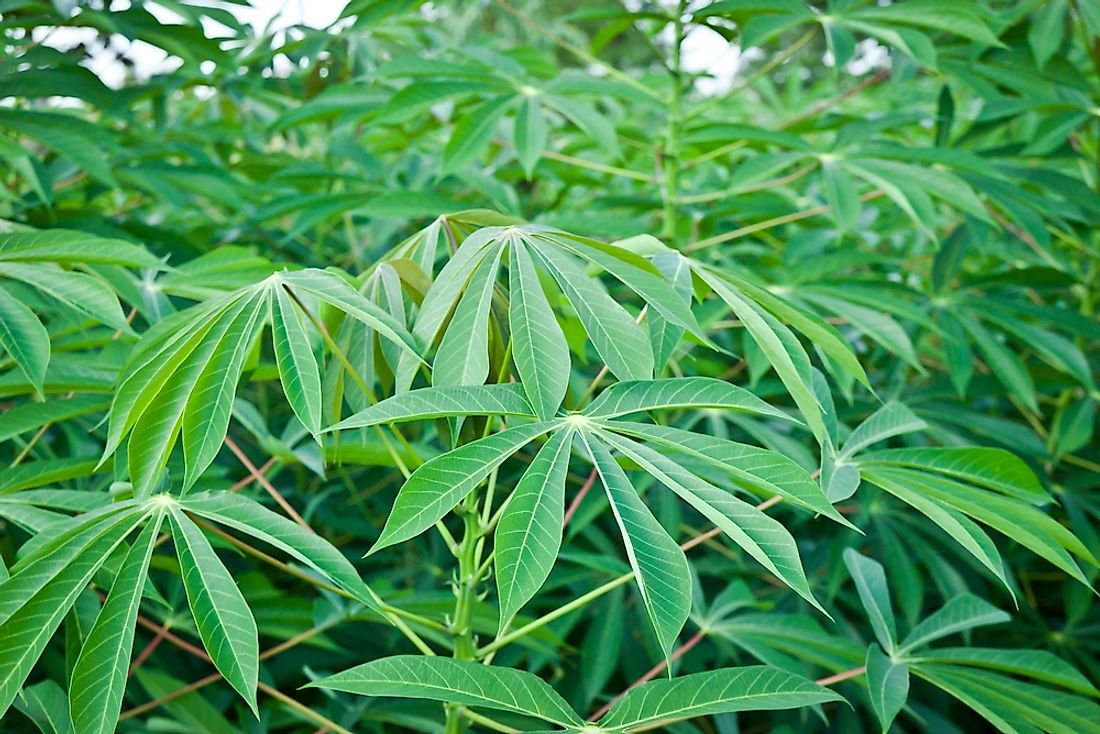What Is A Compound Leaf?

A leaf can be described as a thin and flat structure that is found in almost all plants. The leaves protrude from the plant's stem; this exposes the leaves to sunlight that is necessary for the plants to manufacture their food. Leaves are specifically used in photosynthesis; this is the process in which plants manufacture their food in the presence of sunlight.They are also used in transpiration. There are various types of leaves with different structures, size, and shape but they have been scientifically classified into two, i.e., the simple leaves and the compound leaves. A Compound leaf can be described as the type of leaf in which the blade has been divided to the midrib; this makes the leaf to form more than two separate leaflets. According to botany, a compound leaf can be described as a leaf that contains two or more leaflets originating from the same leafstalk. Despite the fact that compound leaves have the same structure and characteristics, these leaves have been classified into different groups according to their shape and structure.
Types Of Compound Leaves
Compound leaves have been classified into two major groups; the pinnate compound leaves and the palmately compound leaves. The pinnate leaves are described as compound leaves in which the leaflets are attached on both sides of the petiole or rachis as it is sometimes called. The pinnate leaf consists of a petiole that is connected to the twig. The pinnate leaves are then further subdivided into different classes according to the leaf arrangement on the rachis. There exist three different types including the even-pinnate leaf arrangement, the odd-pinnate leaflet arrangement, and the alternipinnada leaflet arrangement.
The even-pinnate leaflet arrangement is the typical arrangement in compound leaves in which the leaflets are normally attached in pairs along the extension of the petiole (rachis). This arrangement is also known as paripinnate leaf arrangement. Odd-pinnate leaflet arrangement can be described as the type of arrangement in which the leaflets are aligned along the rachis, and there exists a terminal leaf which makes the leaflets number be an odd number and thus the name. This type of arrangement is also known as the imparipinnate leaflet arrangement. Lastly, the alternipinnada leaflet arrangement is said to be the type of leaflet arrangement in which the leaflets sprout interchangeably along the leafstalk and also contain a terminal leaflet. This type of arrangement is also referred to as the alternate-pinnate.
The palmately compound leaves are a bit easily recognizable as they perfectly depict a human hand with its fingers stretched out. The leaflets of these palmately compound leaves radiate from a common or single point of the petiole. These leaves are known as the palmate leaves since the arrangement of the leaflets resembles fingers on a palm.
Examples Of Trees With Compound Leaves
The hemp plants, chestnut, buckeye and the cassava plants are perfect examples of plants that have the palmately compound leaves. On the other hand, ash tree, black locust tree and the walnut trees are the examples of trees with pinnate leaves.











